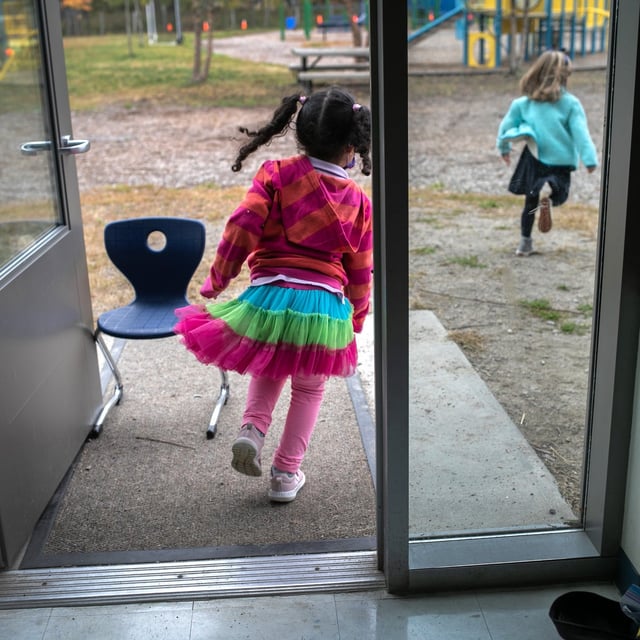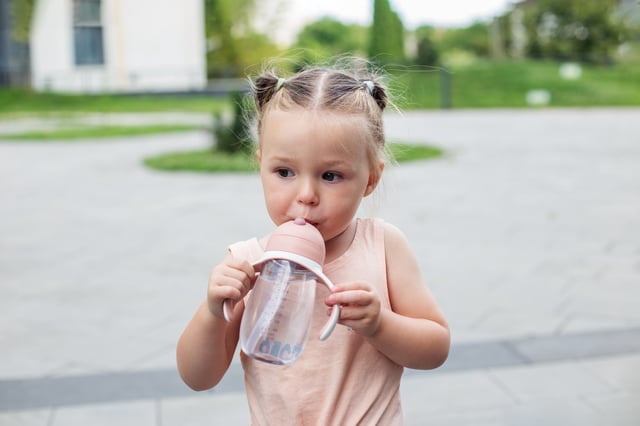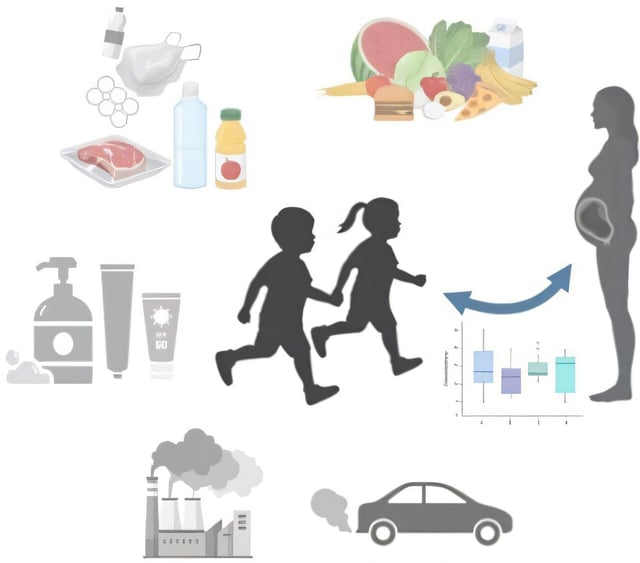Overview
- Researchers analyzed urine samples from 201 children aged 2 to 4 and detected 96 of 111 tested chemicals in at least five participants.
- Forty-eight chemicals appeared in more than half of the cohort, while 34 were found in over 90%, including nine not tracked by NHANES.
- Chemical concentrations were highest among two-year-olds, younger siblings and children from racial and ethnic minority groups.
- Levels of traditional phthalates and parabens declined between 2010 and 2021, but newer plasticizers like DINCH and several pesticides showed rising trends.
- Toddlers absorb these chemicals through everyday activities—eating, breathing indoor and outdoor air and hand-to-mouth contact—during a critical window for growth.


